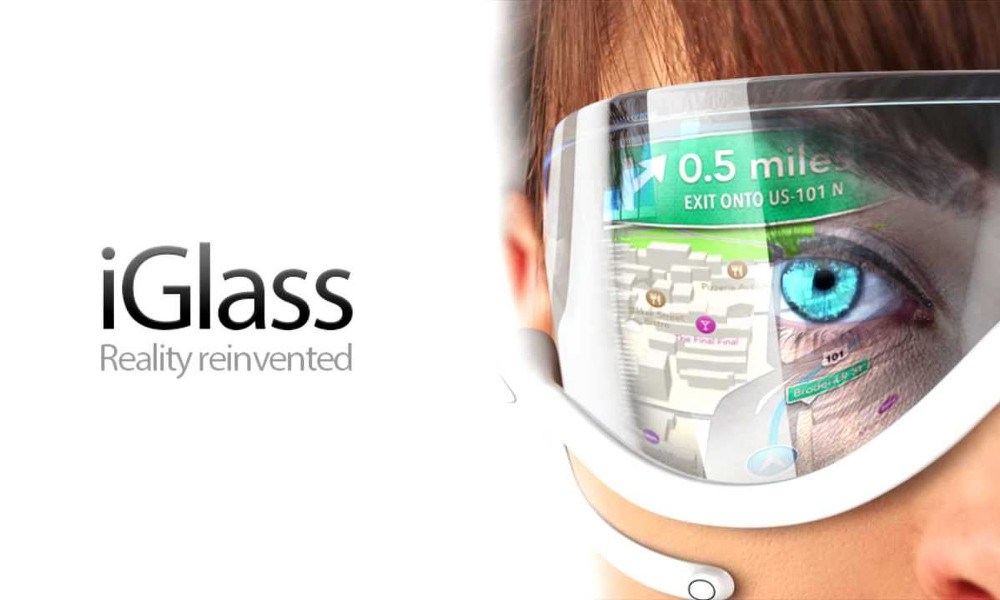
New iPhone to look like Google Glass, with AR

Apple is heavily focusing on augmented reality (AR) as the new technology to take the brand forward. At the company’s Worldwide Developers Conference, they highlighted AR as the next step.
Many are wondering how Apple will embrace and use the technology, which involves using a screen to overlay digital objects onto the “real world”.
However, Apple has previously shown what it can do with AR – e.g. demonstrating how to use an iPhone to overlay an interactive game board on a real table. But their plans are to take it one step further, adding 10 applications that include job training, facial recognition, medical diagnoses and the ability to direct people to safety in case of emergency situations.
Many will liken the latter application to what Google Glass first implemented when they used AR to help firefighters find the fastest exits from buildings.
Apple did not immediately respond to a request for comment on the report.
UBS Securities analyst Steven Milunovich raises some interesting possibilities for what Apple’s AR can offer.
“Emergency first aid, a combination of remote healthcare and instantaneous education, could save lives. There are legal issues that would need to be overcome but seem solvable,” he said.
Milunovich also highlighted that there could be room for a Google Glass spin-off, the iGlass. Using some of Apple’s classic design chops could open up the device to a wider market.
The market for augmented-reality glasses is expected to grow over the next several years. International Data Corp. predicted this week that the market for AR and virtual reality will grow from 10 million headsets in 2016 to 100 million in 2021, according to Business Report International.
AR will be slightly behind VR, the firm said, but analysts added that most consumers will probably get introduced to the concept through their smartphones.
The tools for augmented reality that Apple introduced earlier this month open up a range of possibilities to developers and highlight the tech giant’s interest in the area, which Apple chief executive Tim Cook once said was “a big idea like the smartphone.”
Playing up the AR features for the iPhone using Apple’s innovative design techniques could be one way to further push Apple to the front of the pack, Miunovich said. The smartphone screen could become a tool for making users more aware of the wider world rather than distracting them from it.
“[We] can picture the phone looking like a clear piece of glass when looking through the camera,” he said in the note. “Rather than staring down at a screen while we walk across the street or stand in line, we would be far more engaged with the world around us.”






